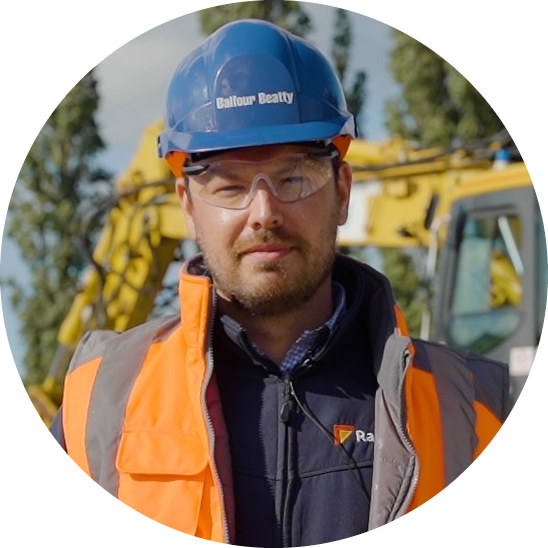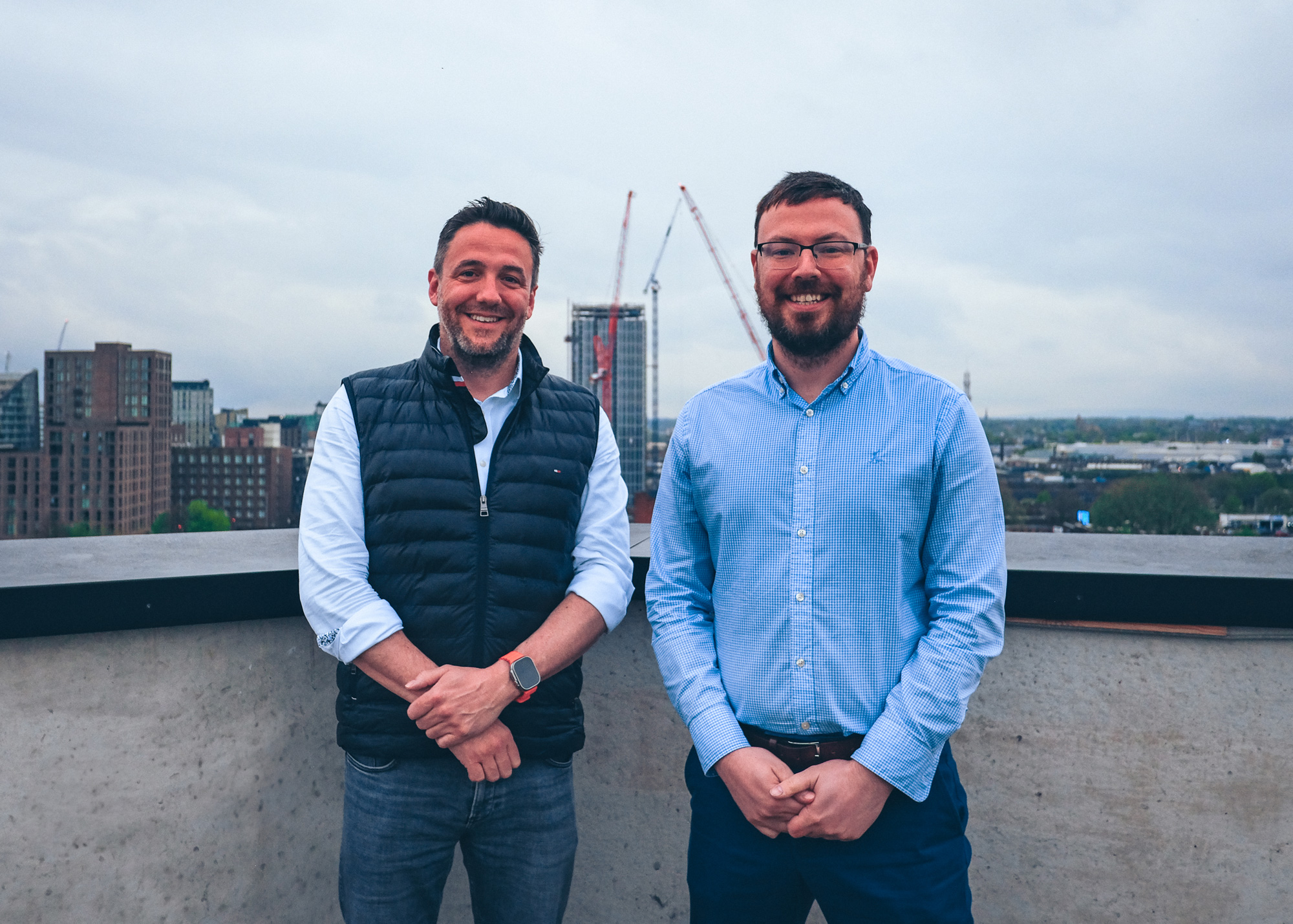The Elizabeth line is London's newest railway line that's opening today after more than 10 years and £20 billion spent on the project!
With 37 stations, it will connect London with the home counties to the west and southwest of the city and will also provide a great way for visitors to travel around central London.
With plenty of information surrounding this exciting project, we’ve pulled together everything you need to know about the Elizabeth line in one handy blog!
Where will the new line serve?
London's newest railway will serve 40 stations from Reading and Heathrow in the west, through new tunnels under central London to Shenfield and Abbey Wood in the east. It will serve 40 stations on its route, providing a faster link between key commuter destinations including Canary Wharf, Stratford, Paddington and Liverpool Street.
It will be run by Transport for London (TfL), who are responsible for most of the capital's transport network - including buses, the London Underground, trams and river services such as boats on the Thames.
Operations
TfL will be responsible for operating and maintaining the line. This includes:
- Customer service - Ticketing, marketing, etc.
- Station design - TfL will work with Crossrail to develop a new look for stations along the route, including all signage, colour schemes and wayfinding.
- Train design - TfL is responsible for designing the carriages that operate on Crossrail services so you can expect them to be pretty swanky!
When fully open, the Elizabethan line will be the longest line on the London Underground Network and will increase the rail-based transport network in the capital by 10%. Additionally, it will become a major international gateway to and from London with a direct link to Heathrow Airport.
The Elizabeth line runs on three different colour-coded lines: red for northbound services from Shenfield to Liverpool Street; blue for southbound services from Abbey Wood to Paddington; and green for eastbound services from Reading (via Paddington) to Shenfield.
Major benefits of the Elizabeth line include connecting more of London and the south east, reducing pressure on other parts of the transport network. The Elizabeth line will also reduce pressure on the road network, as well as reducing pressure on both tube and rail networks as the number of trains traveling each way every hour during peak times will double to 24.
Rolling Stock
The new Elizabethan Line will be served by 40 new state-of-the-art trains that are faster, longer and quieter than existing Tube trains!
Bombardier will supply 65 trains for the new Crossrail services. Each train will have nine carriages that are walk-through from end to end for ease of movement, with air cooling and a new interior design inspired by the trackside scenery on the route. Additionally, these carriages will be longer too—about 400 feet, meaning that they will be able to carry up to 1,500 passengers per train instead of 750 like most current tube cars do. The TfL website says this means "more space for passengers", which is good news because we all hate standing too close to our fellow man while we're hurtling through tunnels at high speeds!
Additionally, the new trains will be faster than existing Tube trains— they will be able to travel up to 200 miles per hour on parts of the line!
Another great feature of these new Elizabeth line vehicles is that they'll be quieter than regular tube trains, reducing noise pollution throughout London as well as making for a more pleasant ride for everyone involved (especially those who live near stations). This may not seem like much when you're crammed into a packed carriage during rush hour, but it's worth noting nonetheless!

Construction
The development of Crossrail has been the UK’s largest ever construction project to date!
In total, twenty-six miles of new tunnels have been constructed beneath London by eight 1,000 tonne tunneling machines. The largest tunnel boring machine, Elizabeth, was 9.8 meters in diameter and weighed over 1,000 tonnes. It took just over a year to make its way under London from Wapping to Farringdon.
During their three-year journey, the tunnel boring machines (TBMs) mined enough material to fill eight Wembley Stadiums and installed more than 300,000 concrete tunnel segments !
Throughout its duration, the Crossrail project has created or safeguarded over 17,000 jobs across the UK, whilst also generating £1 billion in regional economic growth.Beyond construction and development teams, more than 10,000 people were employed as part of a regeneration programme that has transformed areas along the route into thriving hubs for business and communities.
In conclusion, the Elizabeth Line, also known as Crossrail, represents a major milestone in the development of the UK rail network. The new line will not only provide much-needed capacity for commuters and travelers but also help to transform the areas it serves, spurring economic growth and urban regeneration.
The Elizabeth Line is one of the largest infrastructure projects in Europe, involving the construction of over 42km of new tunnels, 10 new stations, and significant upgrades to existing rail infrastructure. The project has faced numerous challenges and setbacks, including delays and cost overruns, but is now nearing completion and is set to open in 2022.
One of the key benefits of the Elizabeth Line is its capacity to alleviate congestion on the existing rail network. The line is expected to carry around 200 million passengers per year, reducing pressure on other rail services and helping. This will also have positive environmental impacts by reducing emissions from cars and other vehicles.
In addition, the Elizabeth Line is expected to have a significant impact on the areas it serves. Overall, the Elizabeth Line represents a major investment in the future of the UK rail network and the communities it serves. While there have been challenges along the way, the completion of the project is a testament to the determination and resilience of the project team and stakeholders. As the line prepares to open to the public, it is poised to make a significant contribution to the UK's economic, social, and environmental sustainability.

.jpg)



